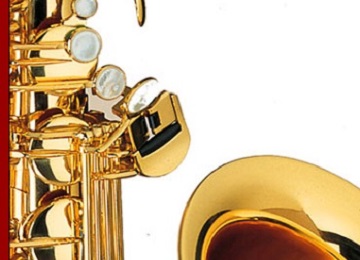I recently bought Yuri Honing and Nora Mulder's Winterreise CD from Amazon. Winterreise recorded on saxophone? How interesting! Unfortunately the let downs began as soon as I flipped the (cardboard) case over. Contrary to what the cover implies the disc does not contain the entire Winterreise cycle performed on Saxophone. The thirteen track disc contains twelve songs for Winterreise, in a seemingly random order, and then ends with Schubert's Der Tod und das Mädchen.
Yuri Honing Winterreise Saxophone
While I bought the album for it's novelty appeal, I must admit that I held some hope that the saxophone would somehow transcend language and cut directly to the heart of the dense music; expressing the lonesome yearning and tender heartbreak. How wrong I was. While I still maintain that such a recording could be made, this album is not it.
Moulder's piano playing is clearly capable and she manages to capture all the notes and the correct dynamics, but it still sounds more like able button pushing than expressive music.
The most bizarre thing about this recording is the metronomic rhythmic accuracy with which it is performed. For a jazz musician, playing on a jazz instrument in a style that is known for it's rhythmic give and take, one might expect that Honing and Mulder would allow the emotional lyrical line to sway, somewhat, the rigidness of the written rhythm. Unfortunately, they do nothing of the kind.
Yuri Honing Winterreise Saxophone
While I bought the album for it's novelty appeal, I must admit that I held some hope that the saxophone would somehow transcend language and cut directly to the heart of the dense music; expressing the lonesome yearning and tender heartbreak. How wrong I was. While I still maintain that such a recording could be made, this album is not it.
Moulder's piano playing is clearly capable and she manages to capture all the notes and the correct dynamics, but it still sounds more like able button pushing than expressive music.
The most bizarre thing about this recording is the metronomic rhythmic accuracy with which it is performed. For a jazz musician, playing on a jazz instrument in a style that is known for it's rhythmic give and take, one might expect that Honing and Mulder would allow the emotional lyrical line to sway, somewhat, the rigidness of the written rhythm. Unfortunately, they do nothing of the kind.









